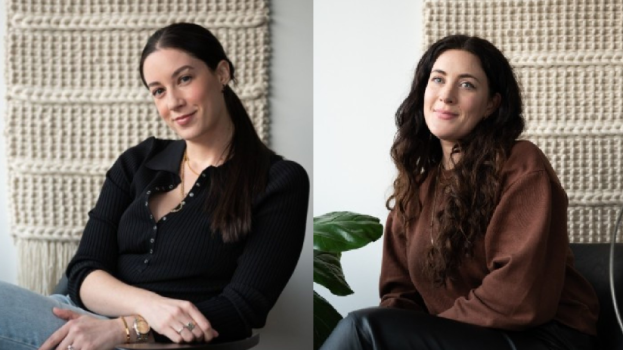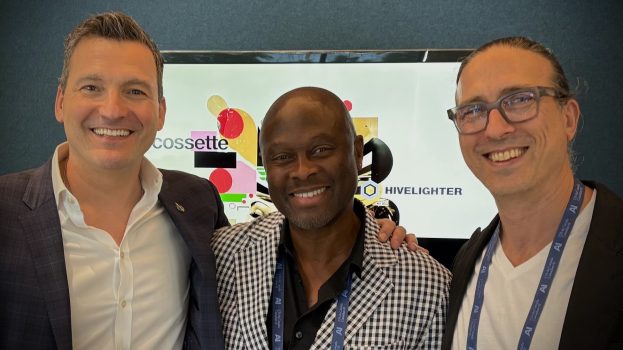There is a substantial pay gap among planners in the Canadian marketing and advertising industry, one that widens further based on gender and race.
These observations are likely well-known to many already, but they are backed up by numbers in this year’s salary survey from the Account Planning Group of Canada, conducted with market research firm Stone-Olafson.
The results suggest that male planners are earning, on average, 22% more than their female counterparts with the same level of experience. That gap also grows with experience: while women planners with three years or less in experience make $0.96 for every dollar their male counterparts make, they are making an average of $0.78 for every dollar once they surpass 11 years of experience.
When it comes to planners who identify as visible minorities, they start out in the industry making $0.88 for every dollar their white counterparts make. The disparity grows more profound from there, making 24% less than white planners once they hit the four to six year mark.
“Our industry could and should have a smaller gap than the average [industry],” said Shawna Dressler, director of people and operations at The&Partnership, during a virtual panel discussion of the survey’s results. “If people are doing the same role, in the same industry, under the same conditions, the wage gap usually shrinks. But we’re not seeing that in advertising and media, and that is typically a sign of a very heavily male-dominated industry.”
According to Amy Egan, an executive of research and strategy at Stone-Olafson, a similar study in the U.S. from 2018 found that although American planners are making more than the average planner in Canada, their gender pay disparity is lower – 15%, compared to 22% in Canada. Looking at race, Black planners were earning 26% less than their white counterparts, with Hispanic planners earning 11% less and Asian planners 10% less, versus Canada’s 36% across all racial groups (the APG’s survey could not break down its results by individual racial groups, due to not having a large enough sample size).
“This does surprise me, because in Canada we often pride ourselves and pat ourselves on the back for being so multicultural and diverse,” Egan said. “We also think of ourselves as being more equal than the US. But this data suggests there’s still some room for us to improve.”
Ryan Edmonds, principal lawyer of Ryan Edmonds Workplace Counsel, noted how Canada has laws and a Human Rights Code that are meant to ensure equality and pay equity, but there are exceptions for seniority, merit, productivity and other subjective factors.
“That blows the doors wide open to make the provision, or the right that employees have to equal pay for equal work, completely meaningless,” he says. This highlights the fact that addressing the problem needs direct, specific attention, and likely cultural shifts.
While there have certainly been examples of outright racism and discrimination in the industry, Mark Tomblin, chair of the APG, says the gender and racial pay gap remains pervasive because it is systemic, brought on by years of unconscious bias. For example, for certain marketing and advertising jobs that require the individual to be aggressive in nature, there tends to be an unconscious bias toward men as being best suited for the job.
“It’s not like advertising is full of bad actors determined to underpay women,” Tomblin told strategy following the panel event. “But I do believe that we all suffer, all of us in these institutions [due to] our upbringing and culture.” He adds that the hope is that the survey results act “as a stimulus for a much more open conversation about the nature of the problem.”























